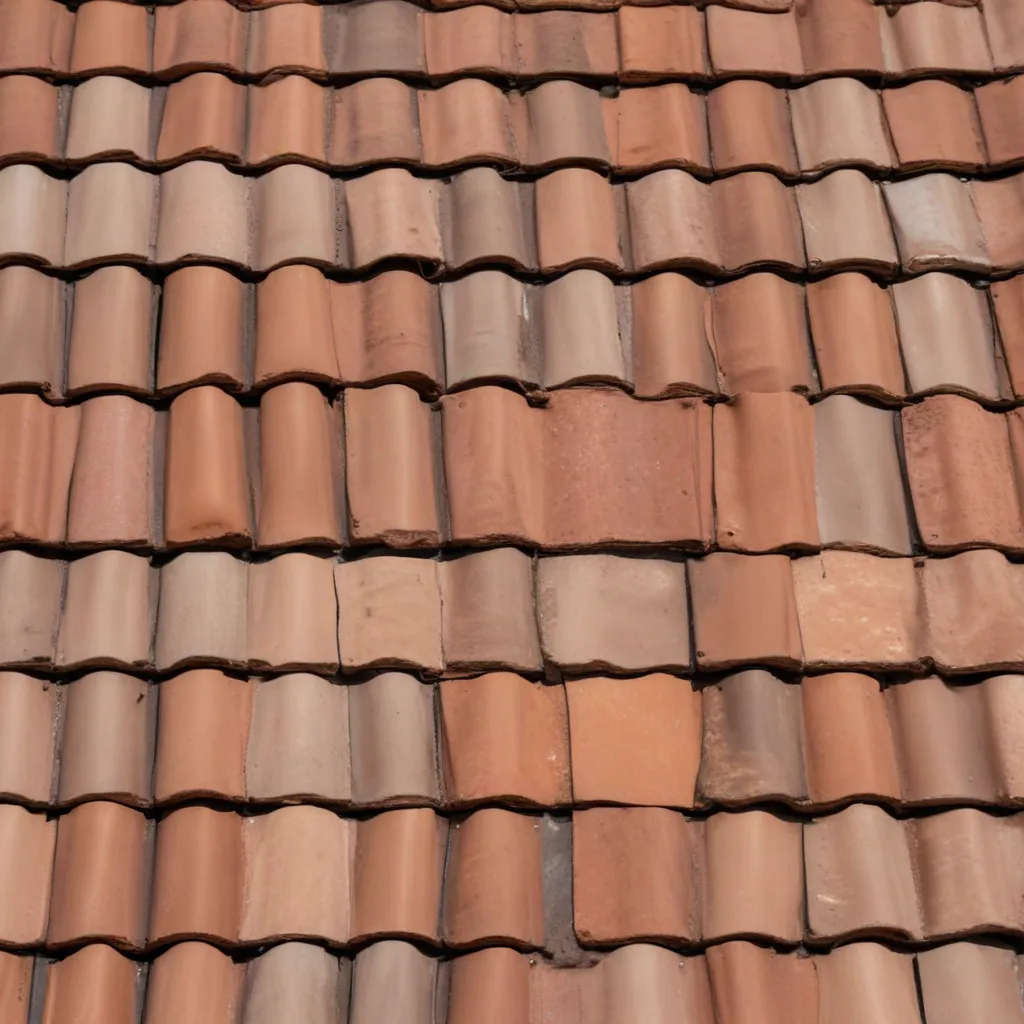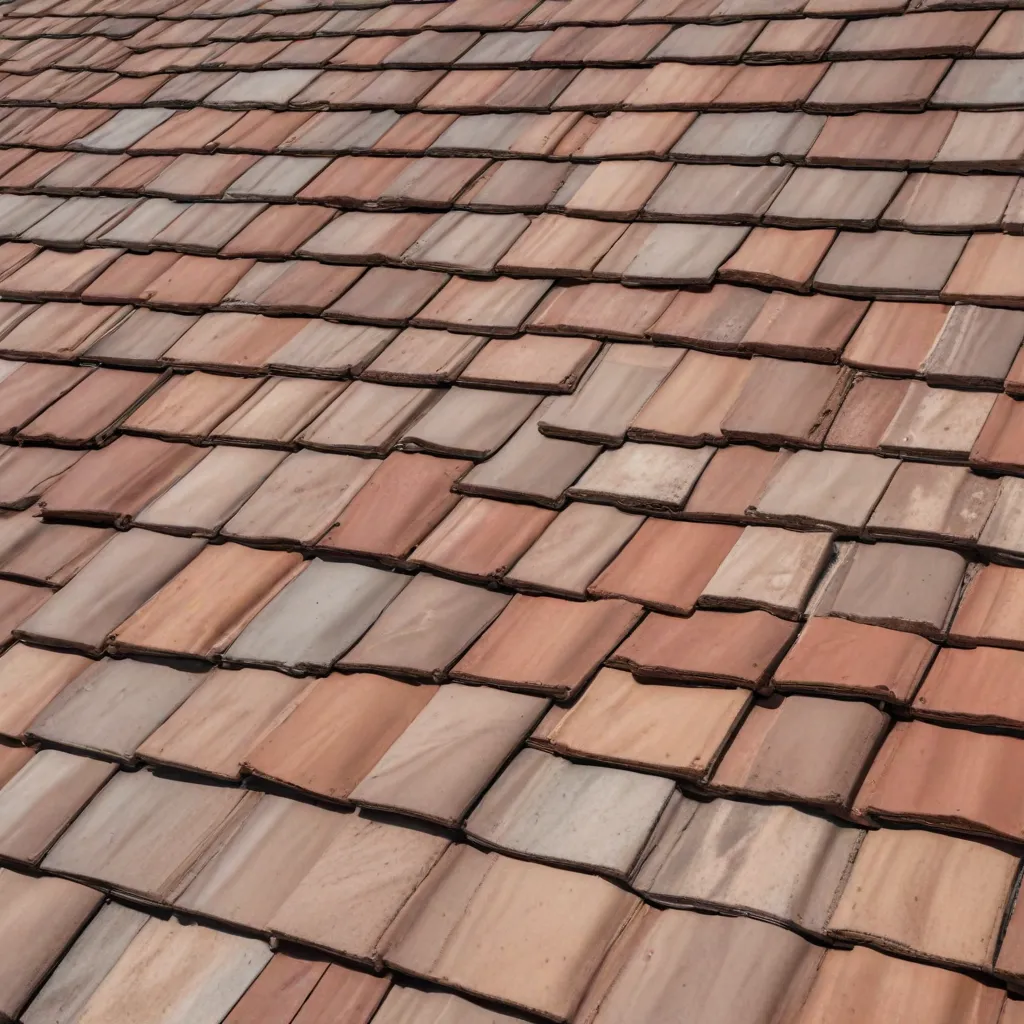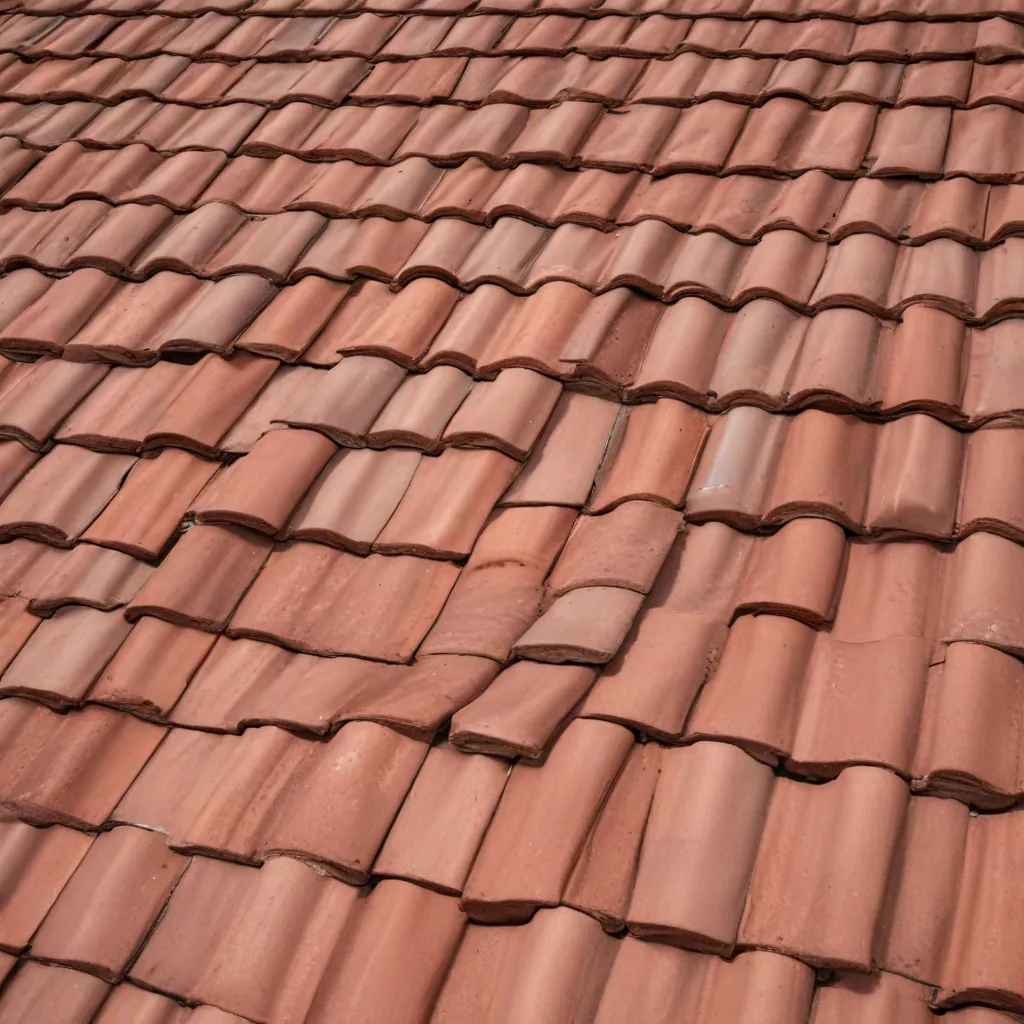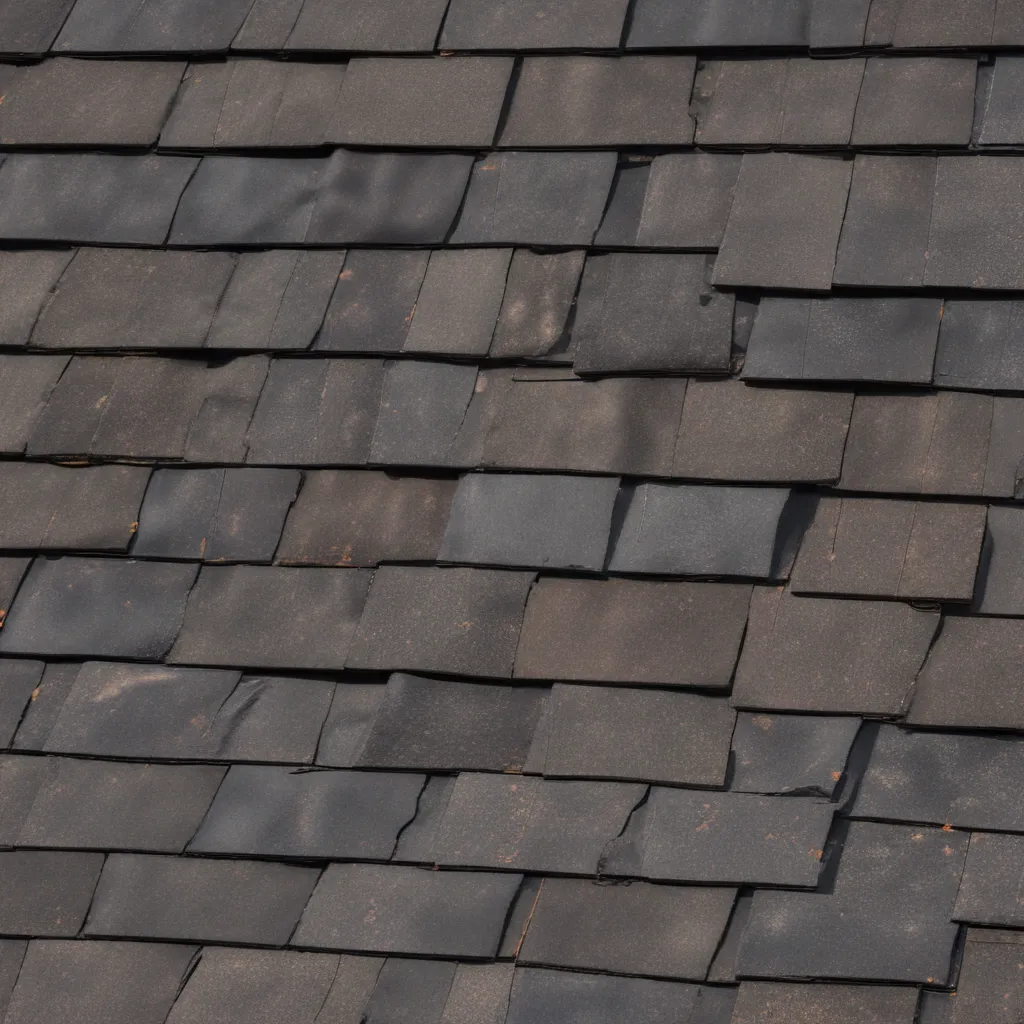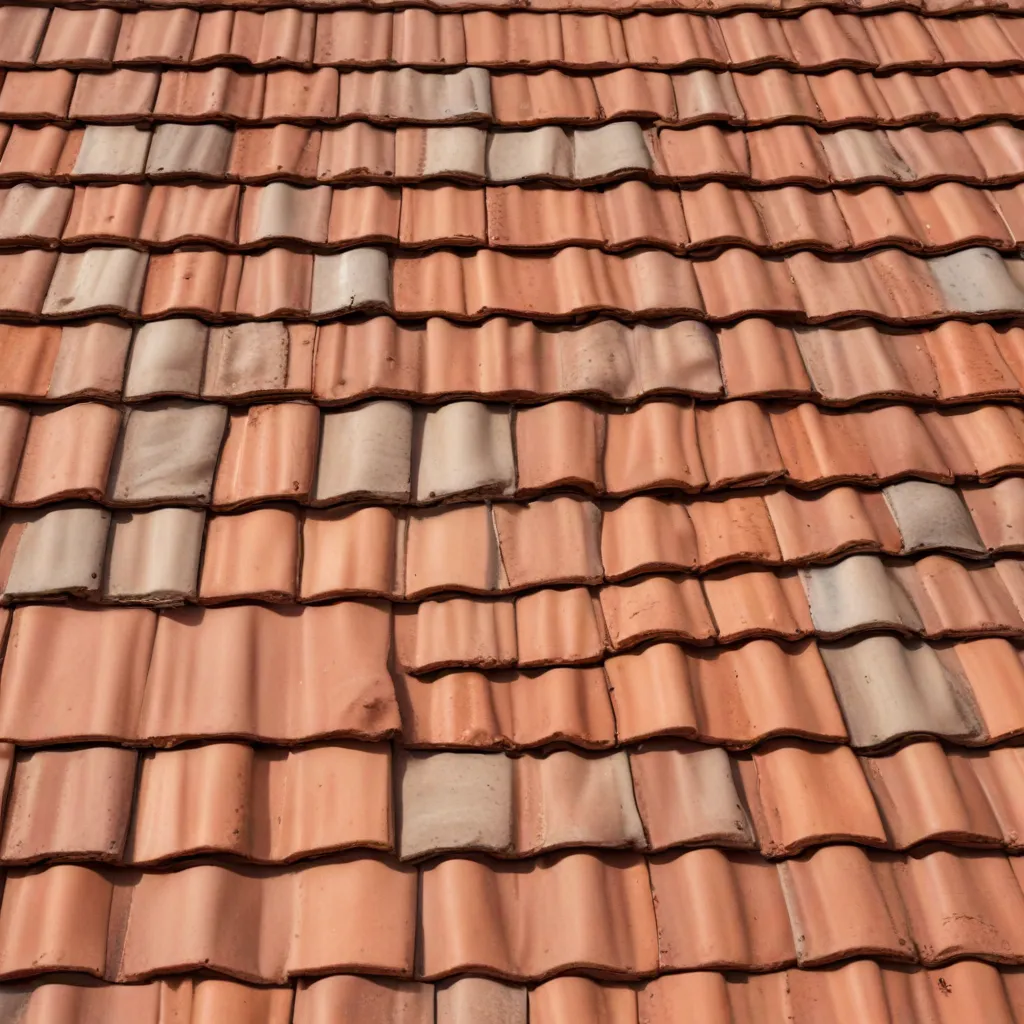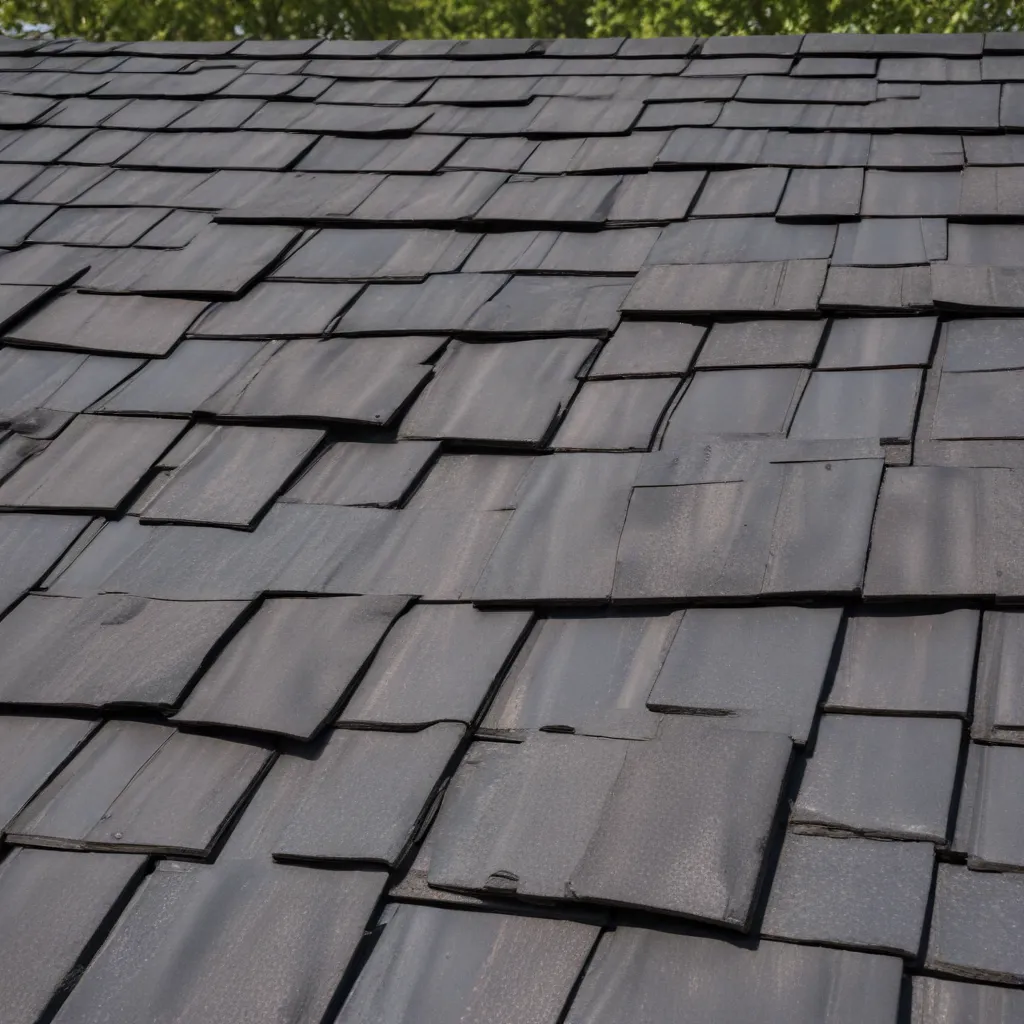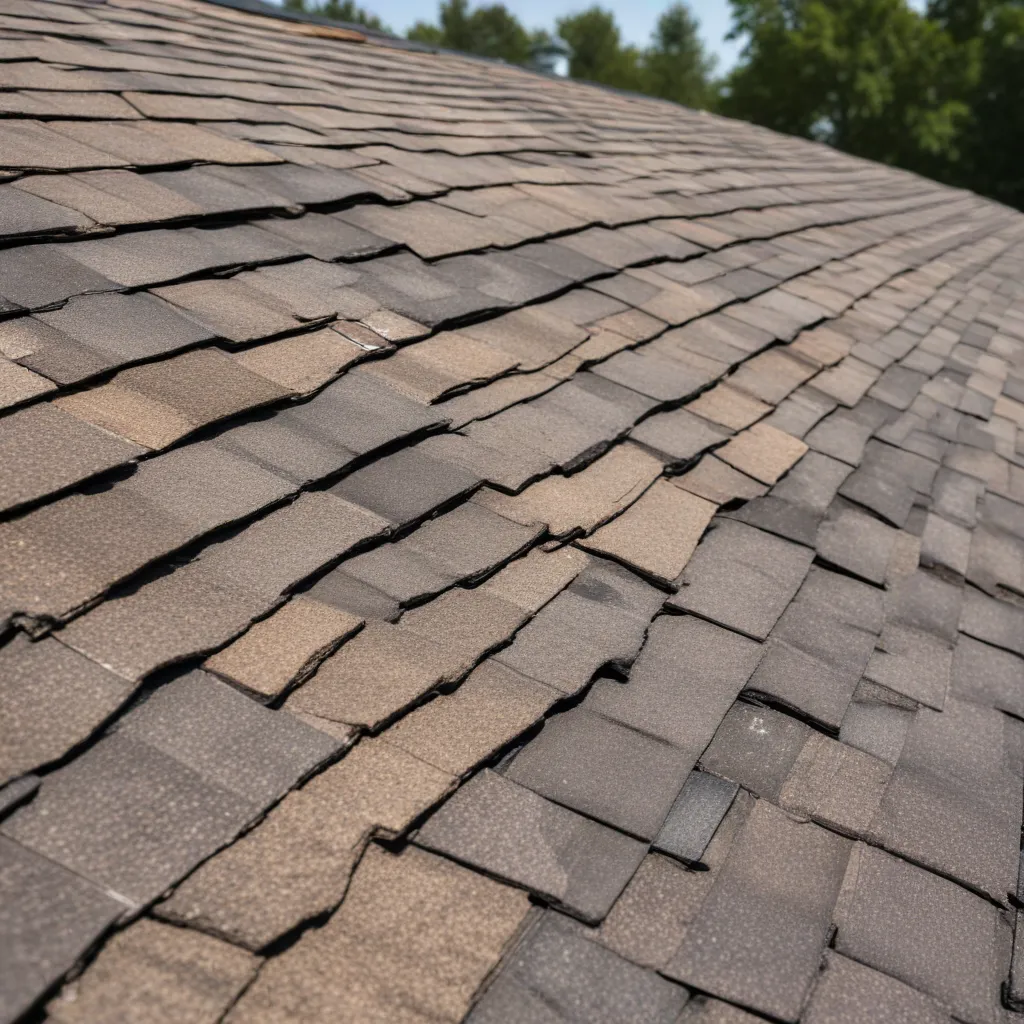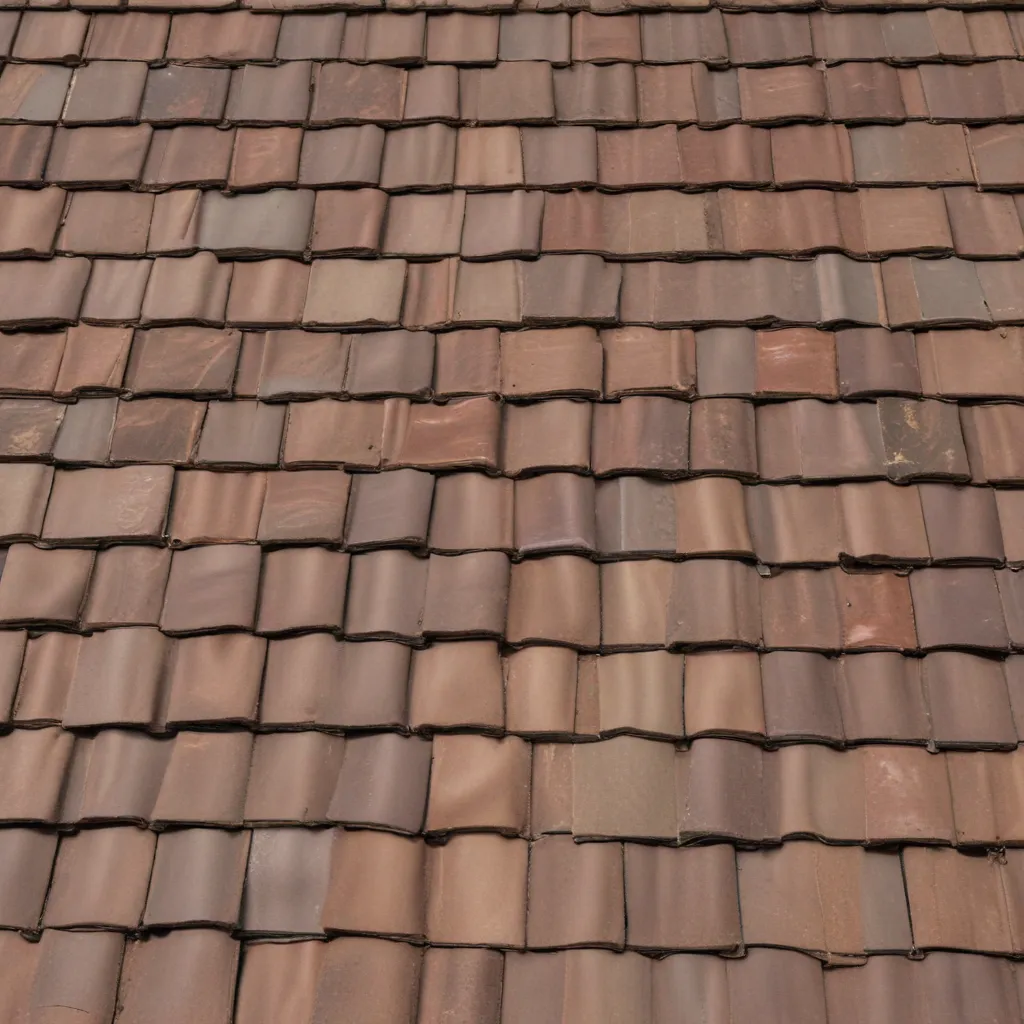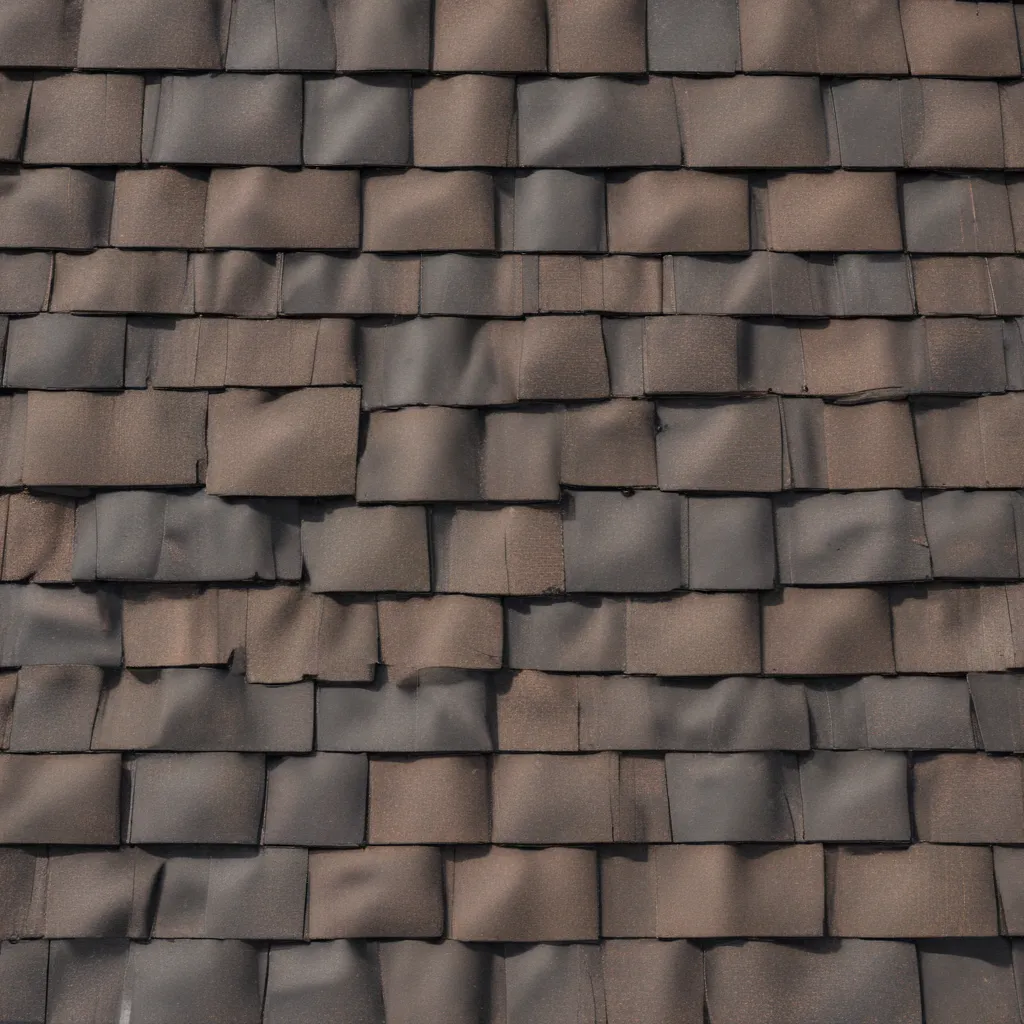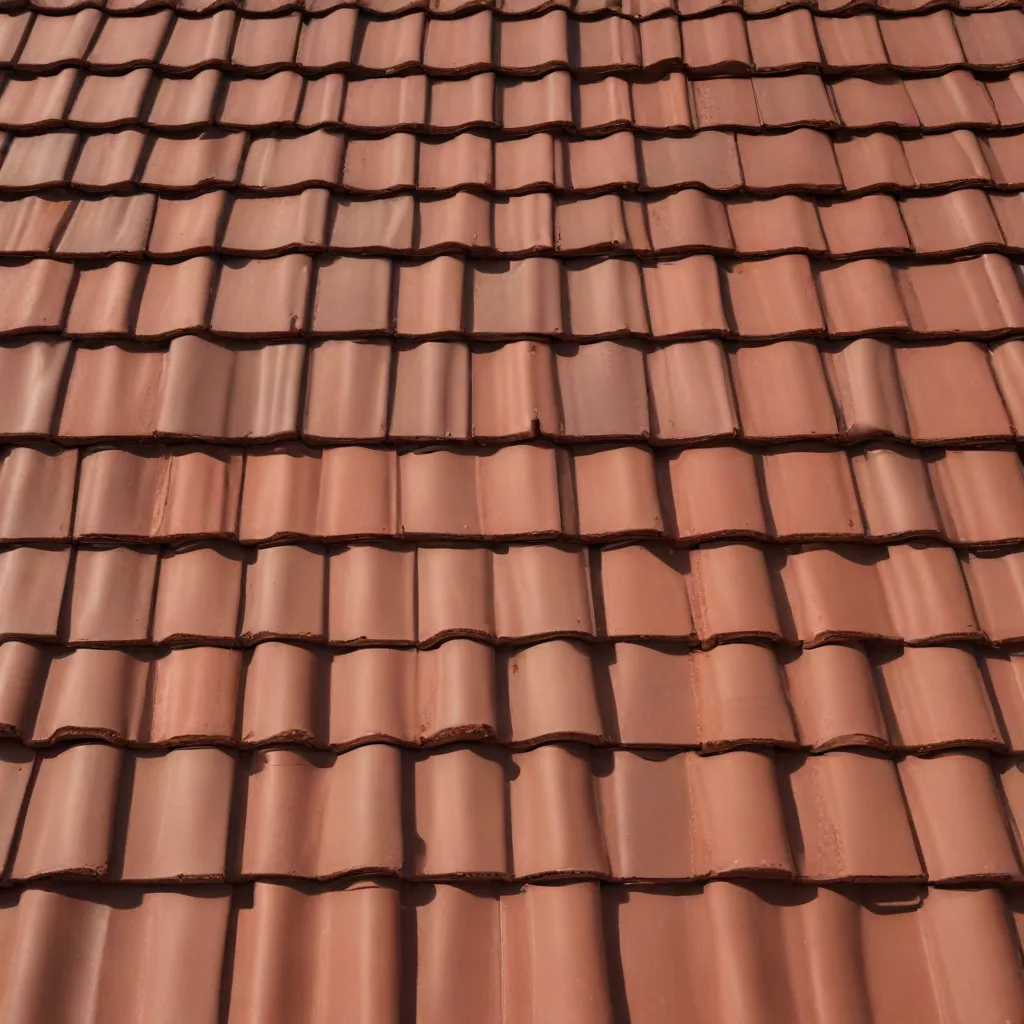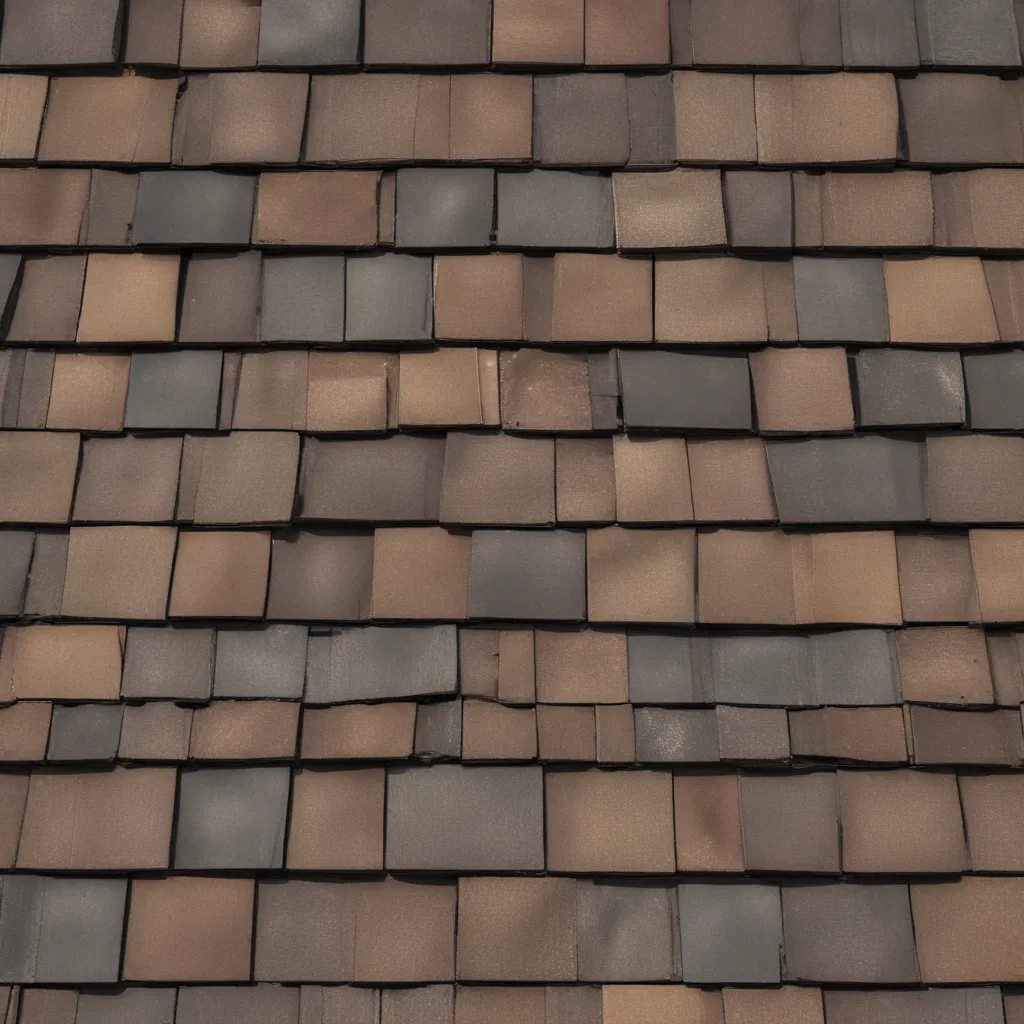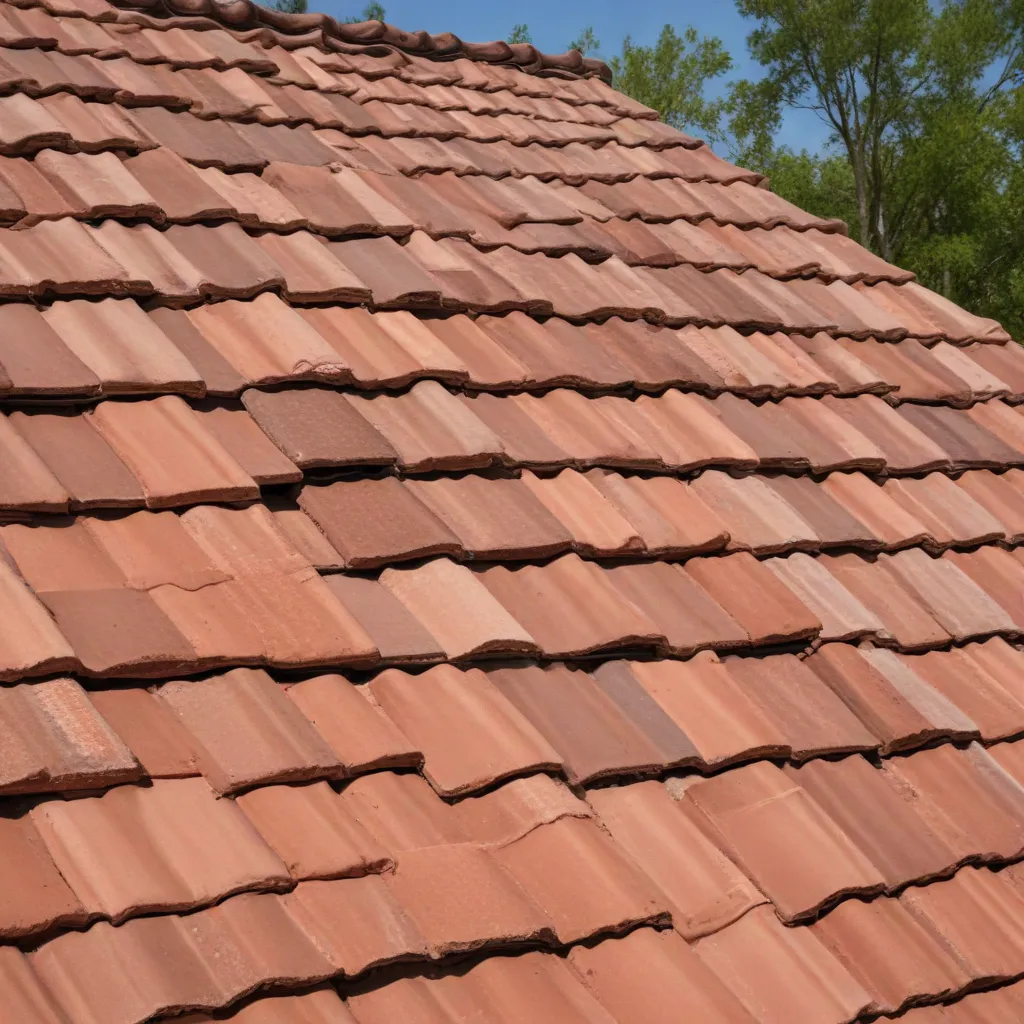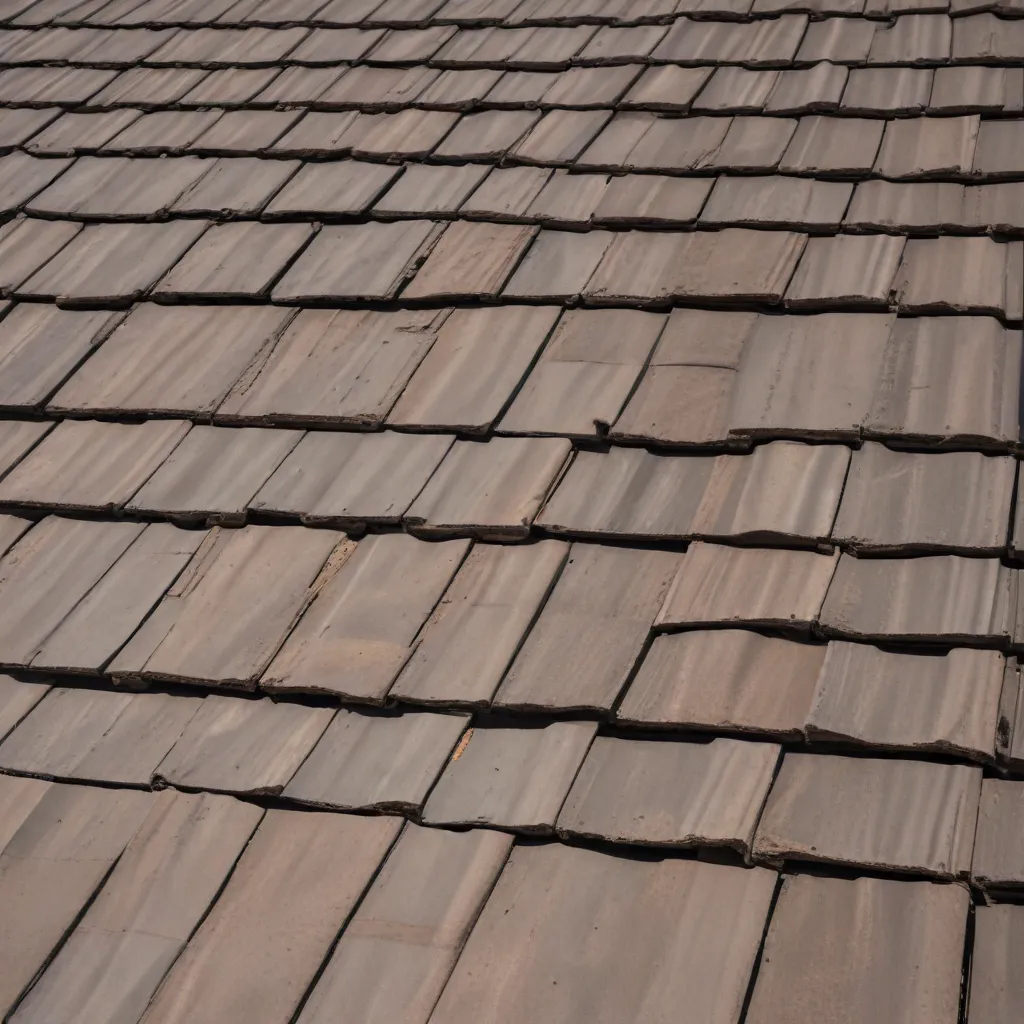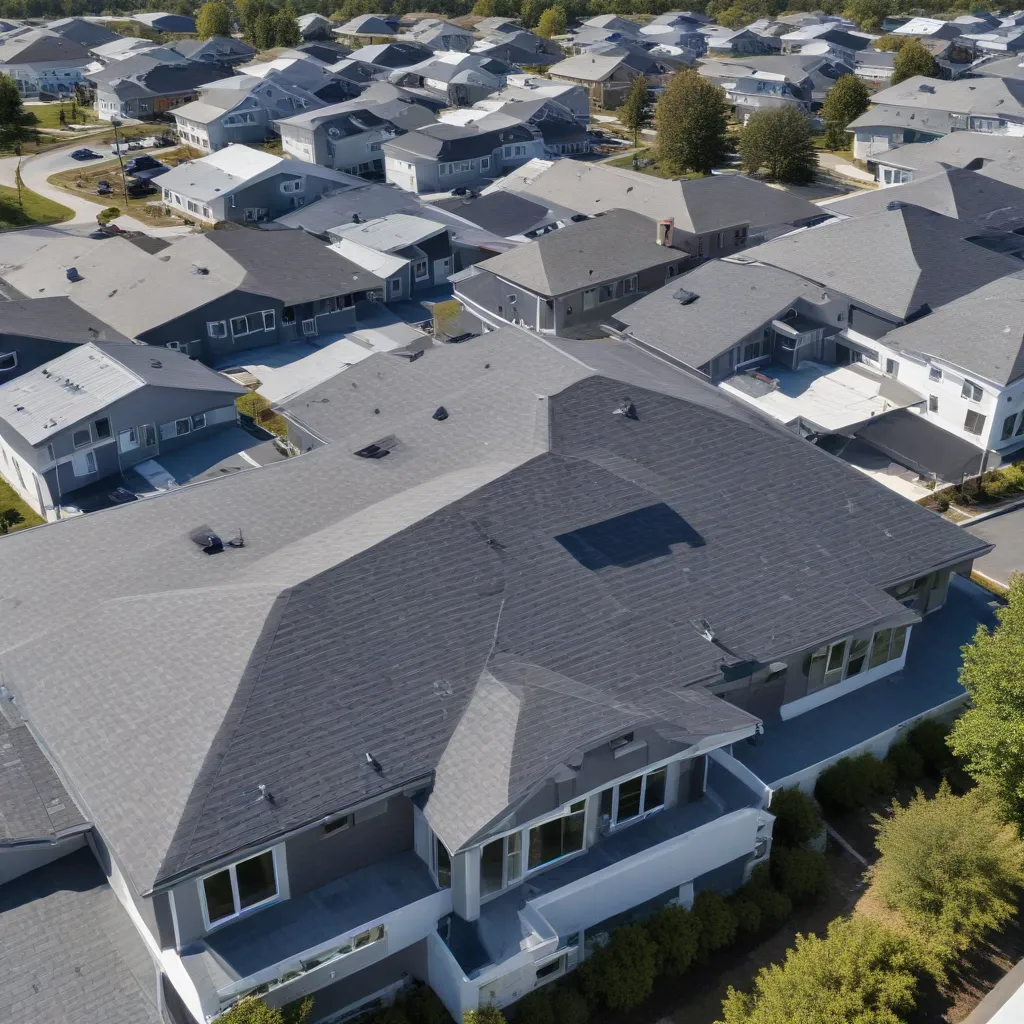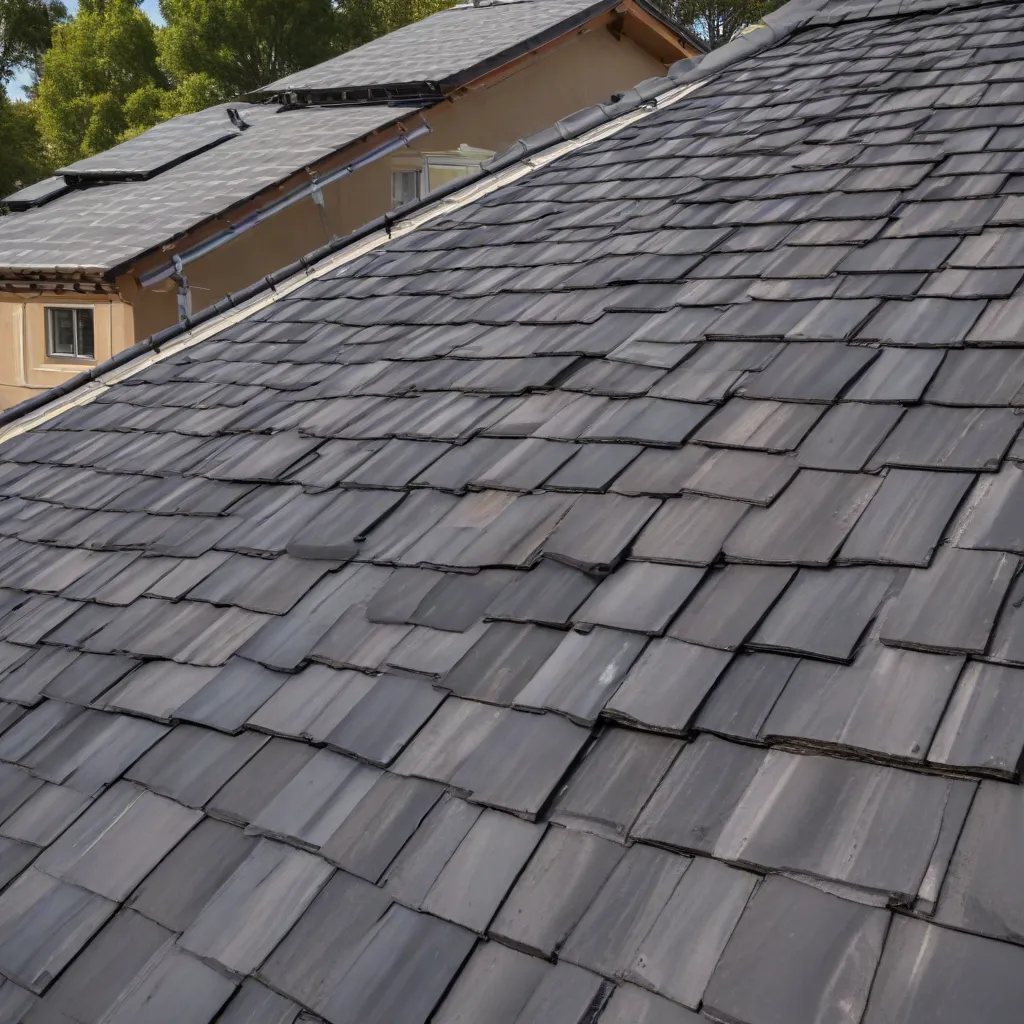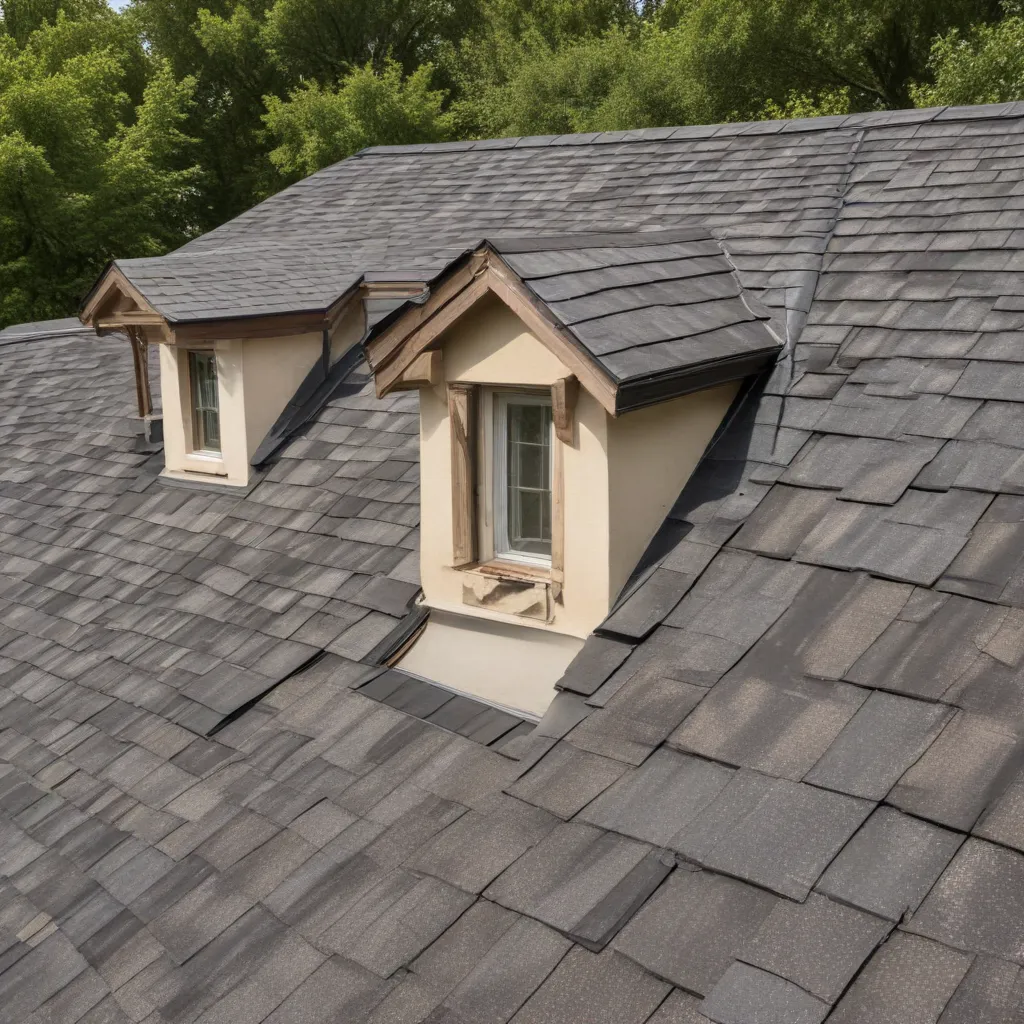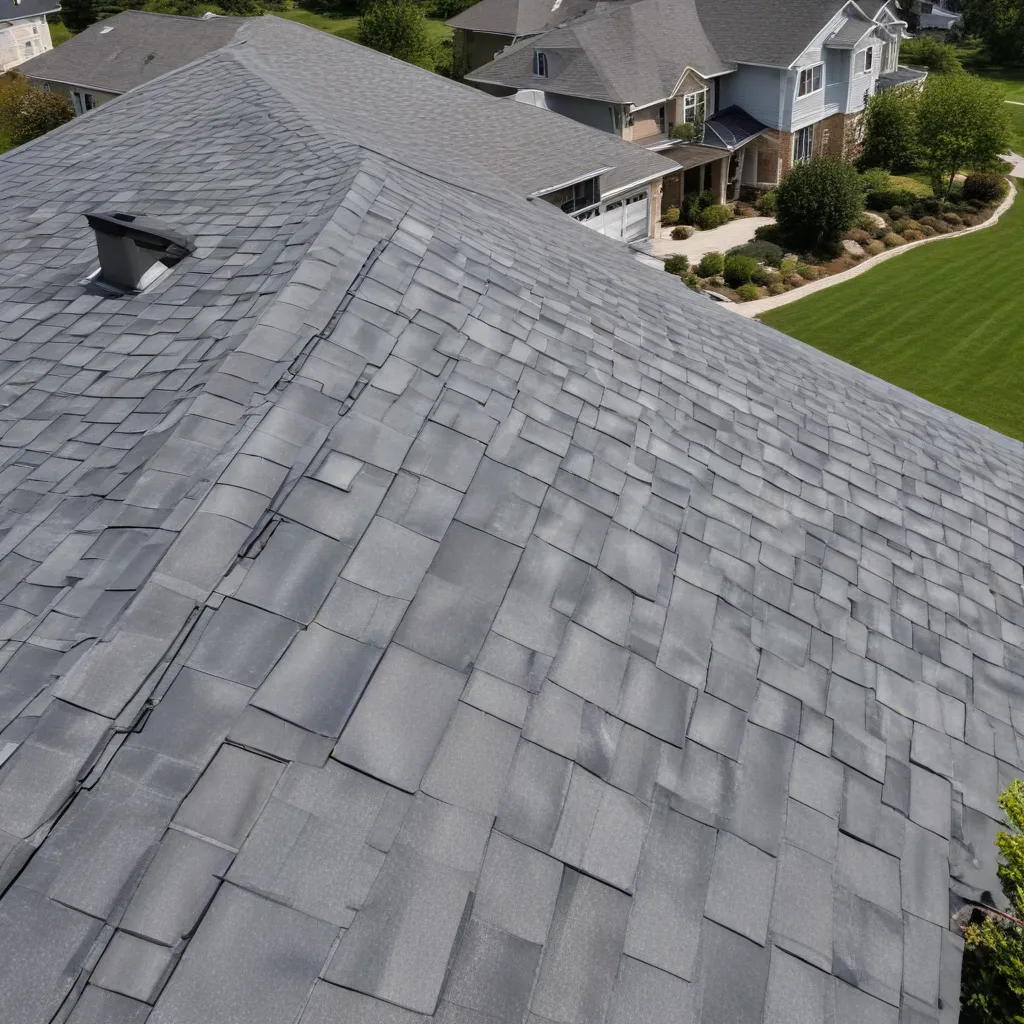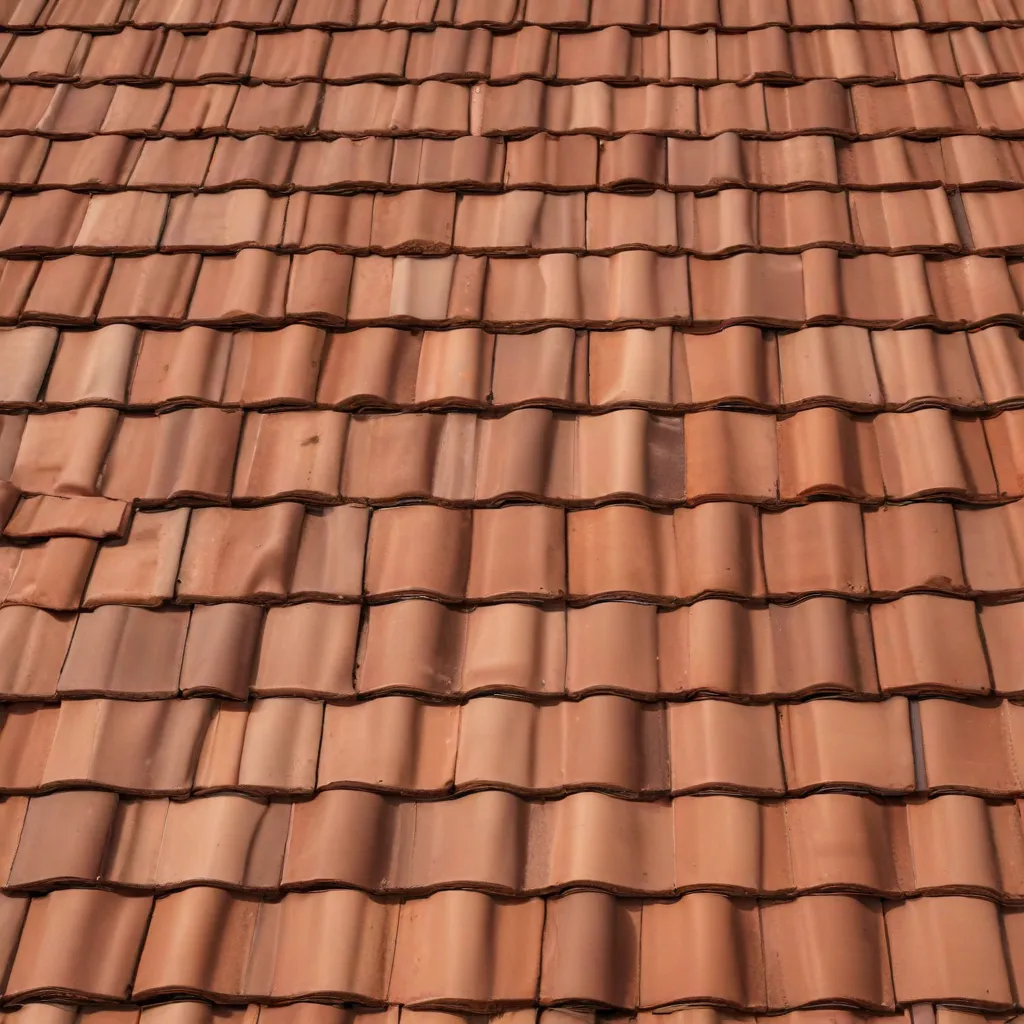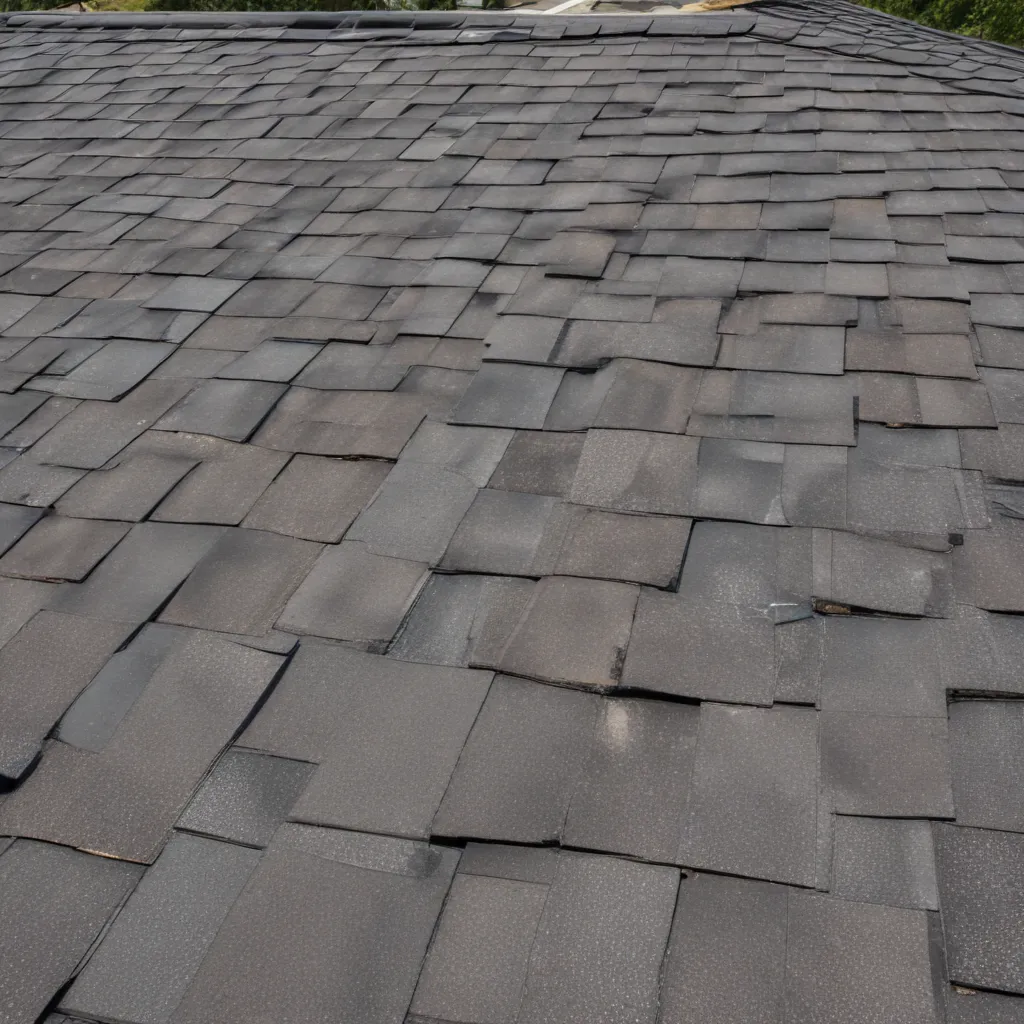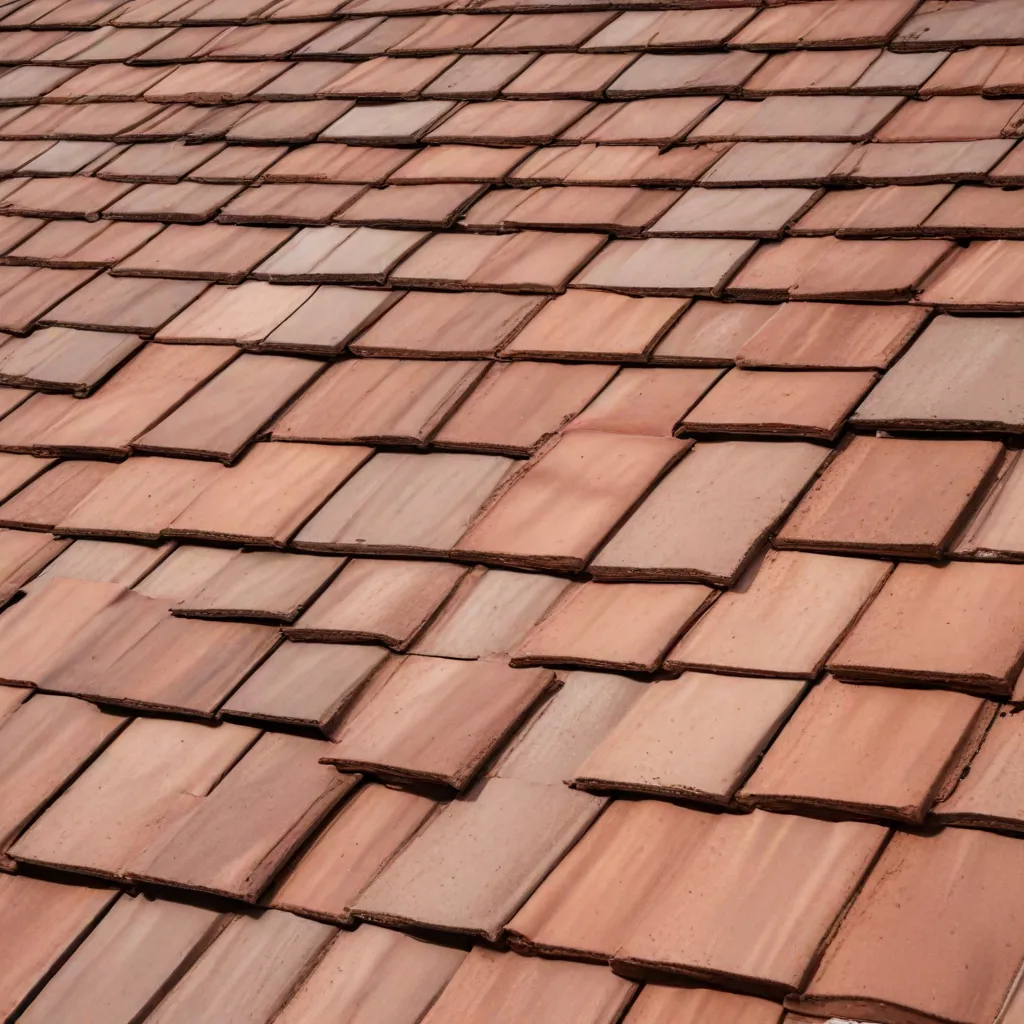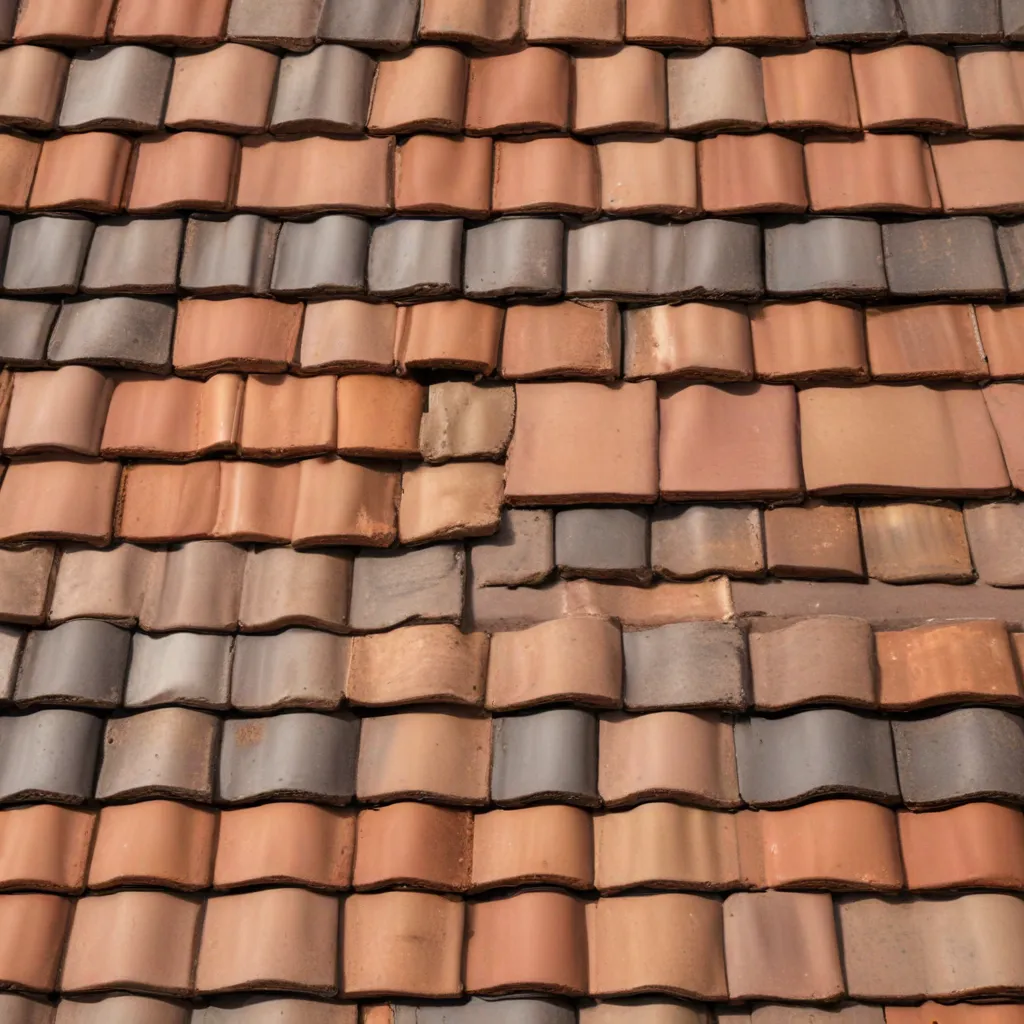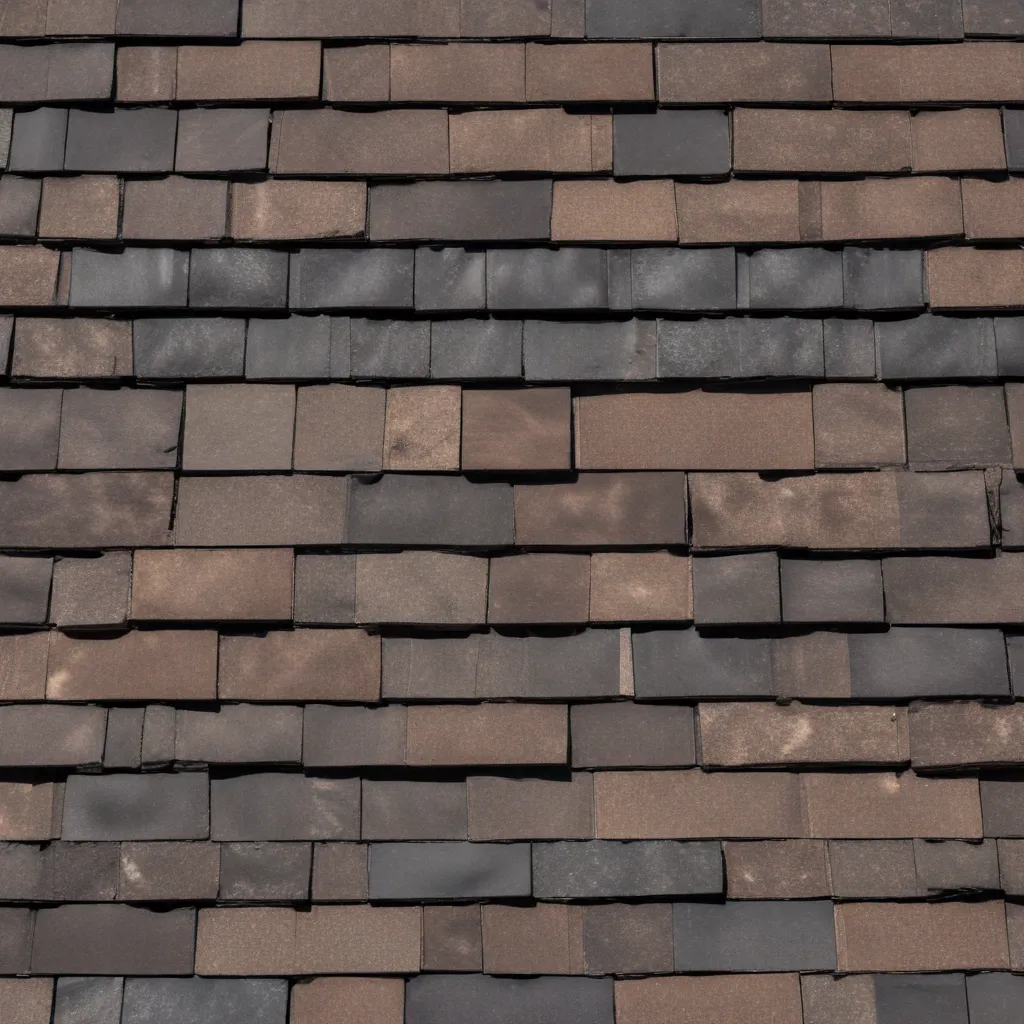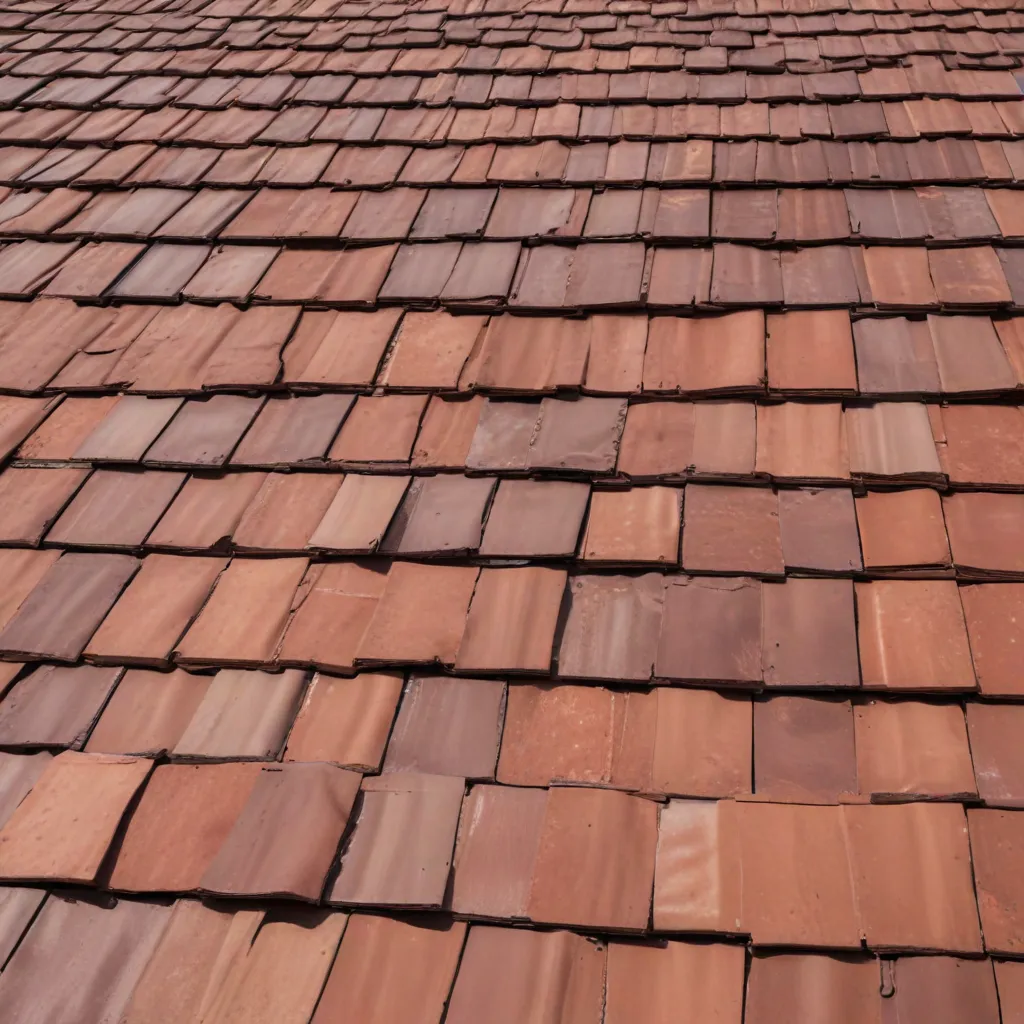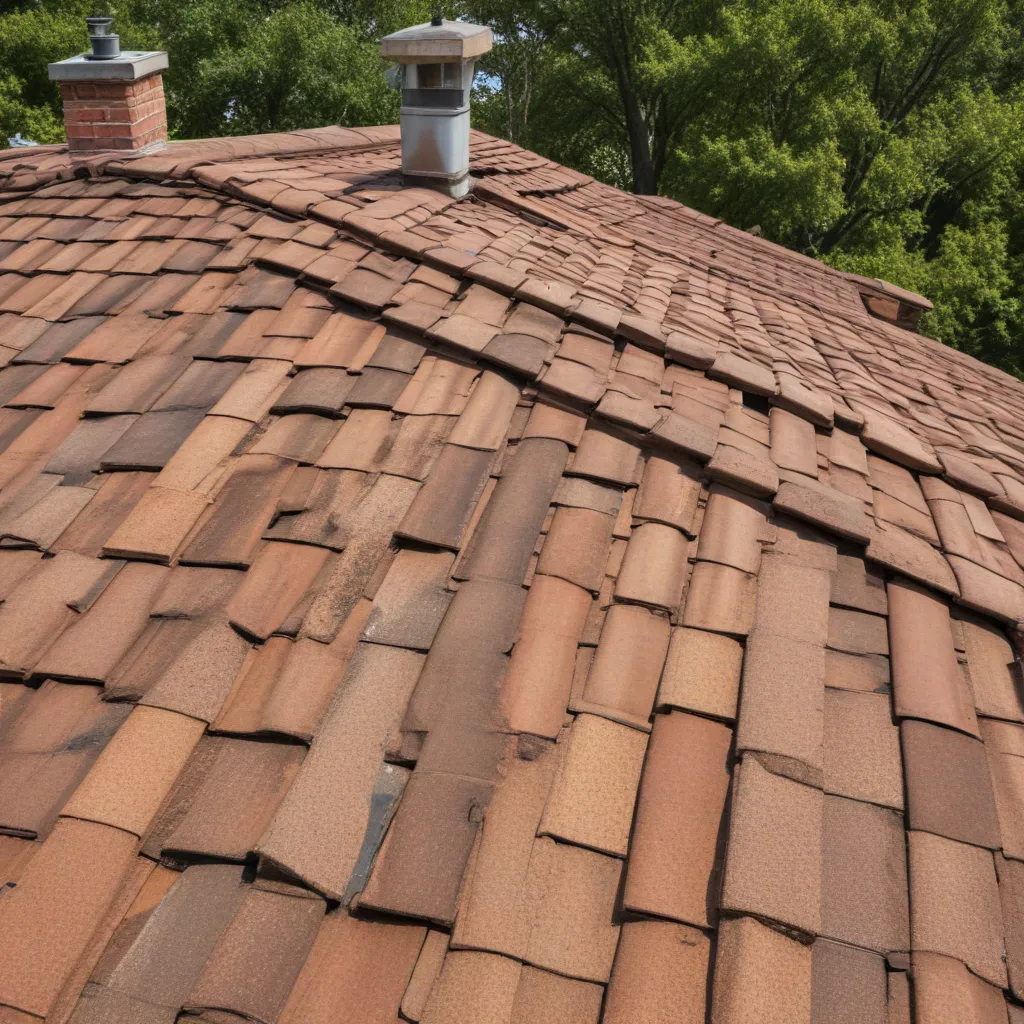
As an experienced roofing specialist, I know that maintaining the integrity of your roof is essential for protecting your home or commercial building from the unpredictable forces of nature. Whether you have a tile, composite, or metal roofing system, ensuring it is properly cared for can extend its lifespan and enhance its performance. In this comprehensive guide, we’ll explore practical strategies for weathering the elements and preserving the longevity of your roof.
Proactive Roof Inspections
Regularly scheduled roof inspections are the cornerstone of a robust maintenance plan. These checkups allow you to identify potential problem areas before they escalate into costly repairs. During an inspection, a trained professional will closely examine your roof for signs of wear, such as cracked or missing shingles, compromised flashings, or accumulating debris.
By addressing these issues promptly, you can prevent water intrusion, thermal bridging, and other forms of weather-related damage. Proactive inspections also provide an opportunity to assess the overall condition of your roof system, ensuring it continues to meet your property’s needs. Whether you own a residential or commercial building, making roof inspections a routine part of your maintenance schedule is a wise investment in the long-term health of your structure.
Roof Material Selection
The type of roofing material you choose can have a significant impact on its ability to withstand the elements. Tile roofs, renowned for their durability and aesthetic appeal, are well-suited for regions with moderate climates, offering exceptional resistance to wind, fire, and impact. Composite shingles, on the other hand, provide a cost-effective solution with improved impact and weather resistance compared to traditional asphalt options.
For buildings located in more extreme environments, metal roofing systems offer unparalleled protection. These advanced materials are highly resistant to corrosion, fire, and high winds, making them an excellent choice for areas prone to hurricanes, wildfires, or heavy snowfall. By selecting the roofing system that best aligns with your local climate and regional weather patterns, you can ensure your home or building remains safe and secure for years to come.
Weathering the Elements
Protecting Against Weather Damage
Extreme weather events can pose a significant threat to the integrity of your roof. To mitigate the impact of storms, it’s crucial to address vulnerabilities proactively. This may involve reinforcing roof edges and improving wind resistance through the use of specialized fasteners or impact-resistant materials.
In regions with heavy snowfall, properly designed roof ventilation and insulation can help prevent the formation of ice dams, which can lead to water damage and structural issues. Regularly clearing debris from gutters and downspouts also ensures efficient drainage, reducing the risk of pooling water and subsequent leaks.
By taking the necessary precautions, you can better protect your roof against the ravages of nature, ensuring it remains a reliable barrier between your building and the elements.
Roof Repair and Renovation
Even the most durable roofing systems will eventually require maintenance or renovation. Prompt attention to repairs, such as sealing cracks, replacing worn sealants, or addressing leaks, can effectively address emerging issues before they escalate.
Additionally, upgrades like the installation of reflective coatings or energy-efficient insulation can enhance the performance of your roof, reducing energy consumption and lowering operating costs. These strategic investments not only preserve the integrity of your roof but also contribute to the overall efficiency and sustainability of your building.
Preserving Roof Integrity
Addressing Leaks and Moisture
Leaks and excessive moisture can be the bane of any roofing system, leading to costly water damage and the potential for mold growth. Proactive leak detection, through regular inspections and the use of advanced technologies, is essential for identifying and addressing these issues before they become more severe.
Implementing robust moisture management strategies, such as proper underlayment installation and the integration of ventilation systems, can help mitigate the ingress of water and maintain the structural integrity of your roof. By staying vigilant and addressing any signs of moisture intrusion promptly, you can safeguard your building’s interior and protect the long-term durability of your roofing investment.
Roof Cleaning and Maintenance
Maintaining the cleanliness and appearance of your roof is not just an aesthetic concern – it also plays a vital role in preserving its performance. Regular debris removal, whether through manual cleaning or the use of specialized equipment, helps prevent the accumulation of leaves, twigs, and other materials that can clog drains, facilitate water retention, and provide a breeding ground for moss or algae growth.
Proactive upkeep, such as pressure washing, sealant reapplication, and the removal of any organic growth, can help extend the lifespan of your roofing system and preserve its weather-resistant properties. By dedicating time and resources to these maintenance tasks, you can ensure your roof continues to provide reliable protection for your building.
Extending Roof Lifespan
Roof Replacement Planning
While a well-maintained roof can last for decades, there may come a time when replacement is necessary. Carefully assessing the condition of your roof, considering factors such as age, material degradation, and energy efficiency, can help you determine when it’s time to start planning for a replacement.
By budgeting for this major investment and scheduling the work accordingly, you can minimize the disruption to your building’s operations and ensure a seamless transition to a new, high-performing roofing system. Proactive replacement planning can also unlock opportunities to explore innovative materials and design solutions that enhance the overall value of your property.
Roof Warranty Considerations
When it comes to protecting your roofing investment, understanding and maximizing the benefits of your warranty is crucial. Familiarize yourself with the coverage provided by your roofing manufacturer, including any exclusions, limitations, and maintenance requirements. By adhering to the warranty guidelines and documenting any necessary repairs or replacements, you can ensure that you receive the full extent of the protection offered.
Additionally, consider the potential for transferring the warranty to new owners if you decide to sell your property, as this can be an attractive selling point and further extend the value of your roofing system.
Maintaining the health and longevity of your roof is an essential aspect of building management, whether you’re a homeowner or responsible for a commercial property. By implementing proactive inspection and maintenance strategies, selecting the right roofing materials for your climate, and addressing weathering-related issues promptly, you can ensure your roof continues to provide reliable protection and enhanced energy efficiency for years to come.
Invest in the long-term resilience of your roof, and you’ll reap the rewards of a well-protected structure that weathers the elements with ease. For more information on genuine roofing solutions and expert support, visit Genuine Roof Systems.

